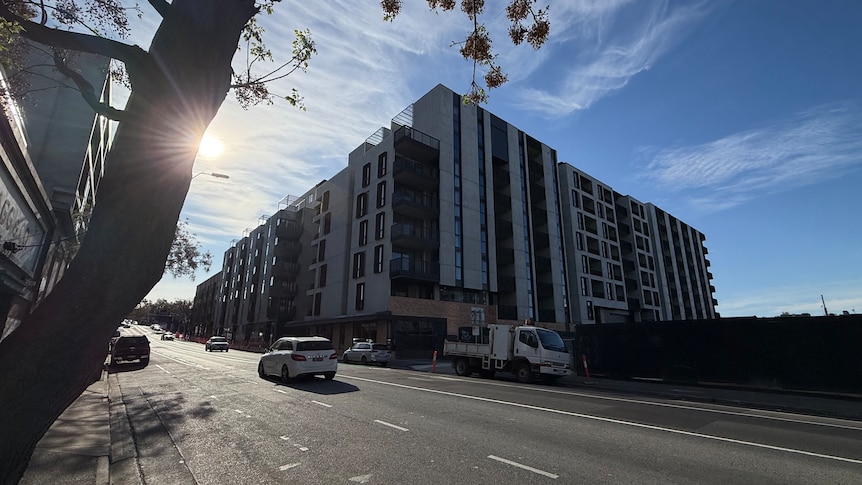
The Housing Australia Future Fund (HAFF), established by the Australian government, is experiencing significant delays and rising costs, raising questions about its ability to meet ambitious housing targets. Originally proposed by then-opposition leader Anthony Albanese in 2021, the fund aims to invest $10 billion to construct homes for those in need. Four years later, the fund has yet to deliver a single new home, creating a political challenge for the government.
Although the construction sector experts argue that criticism of the HAFF is premature, the reality remains that the fund is struggling to fulfill its promise. A recent trove of documents obtained by the ABC reveals that the average cost per home now exceeds $750,000, with some projects surpassing $1 million. This cost is significantly higher than the initial projections, placing additional pressure on a government committed to building 40,000 social and affordable homes within five years.
Challenges in the Housing Sector
The HAFF’s inception came at a time when Australia’s public housing system faced numerous challenges. The availability of public housing has decreased relative to the population, leading to long waiting lists for those in need. State and territory governments have struggled to replenish aging housing stock, while the federal government has not provided significant funding since the Gillard era.
The growing housing affordability crisis has impacted low-income individuals and middle-class families alike, exacerbating the demand for affordable housing options. The shift towards private providers managing public housing has further complicated the landscape. Many of these providers rely heavily on government subsidies to operate, creating a complex relationship between the public and private sectors.
While the HAFF was designed to alleviate some of these pressures by funding both social and affordable housing projects, it has encountered unexpected obstacles. Community housing providers initially welcomed the fund, expecting it to facilitate the construction of new homes without requiring direct government financing. However, as the application process unfolded, many found themselves facing a more complex and uncertain funding landscape.
Despite the initial optimism, the first round of applications yielded mixed results. The high number of submissions—around 50,000, more than the five-year target—demonstrated a strong interest in the fund. However, the cost per home for successful applicants averaged $683,000, with additional interest-free loans of $70,000. This figure significantly exceeds the initial estimates, reflecting a growing concern about the viability of HAFF projects.
Future Prospects and Political Implications
As of March 2024, the government has approved contracts for approximately 13,700 homes. However, only a limited number of homes had been completed by July 2024, raising doubts about the fund’s effectiveness. The processing delays incurred by Housing Australia have frustrated community housing providers, who must navigate extensive requirements before construction can commence.
Despite these setbacks, Clare O’Neil, the Minister for Housing, remains optimistic about the fund’s potential. She indicated that 39 percent of projects are expected to start by mid-2025, with more than 500 homes anticipated to be completed by that time. O’Neil’s comments suggest a belief that progress is being made, but industry insiders caution that the timeline may still be overly ambitious given current market conditions.
The government is grappling with criticisms from various political factions. Some, like Barbara Pocock from the Greens, argue that the HAFF is an ineffective mechanism for addressing the immediate housing crisis and advocate for direct funding of social housing construction. Others within the government contend that prioritizing speed in project approvals could result in poor value for taxpayer money.
Looking ahead, the HAFF’s second funding round aimed to streamline the process by targeting state governments for project identification. However, the average cost per home remains high at $758,000. The government is considering adjustments in the third round to prioritize larger-scale projects, recognizing the need for efficiency in achieving its housing goals.
As the HAFF navigates these challenges, the government remains aware that the housing crisis requires a multifaceted approach. With constitutional limitations preventing direct federal construction, solutions will necessitate collaboration with state and local governments. The path forward is fraught with obstacles, but the government is steadfast in its commitment to finding effective strategies to address Australia’s pressing housing needs.







